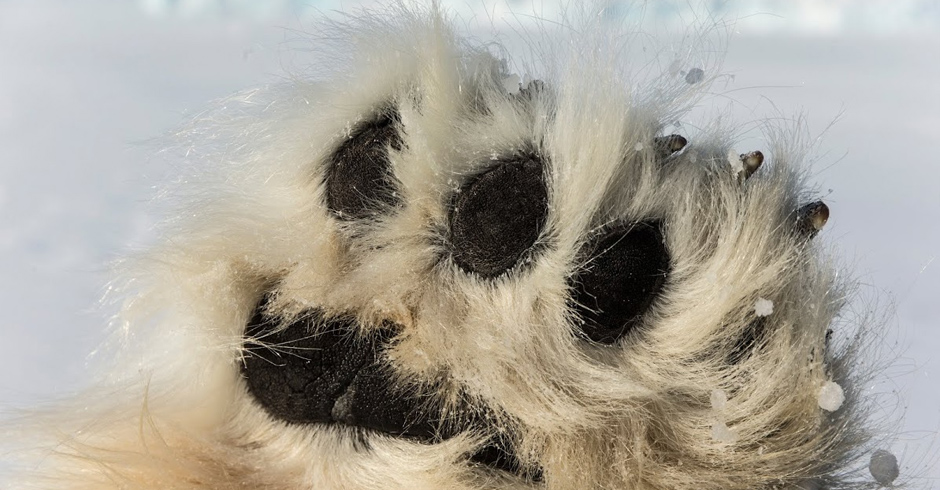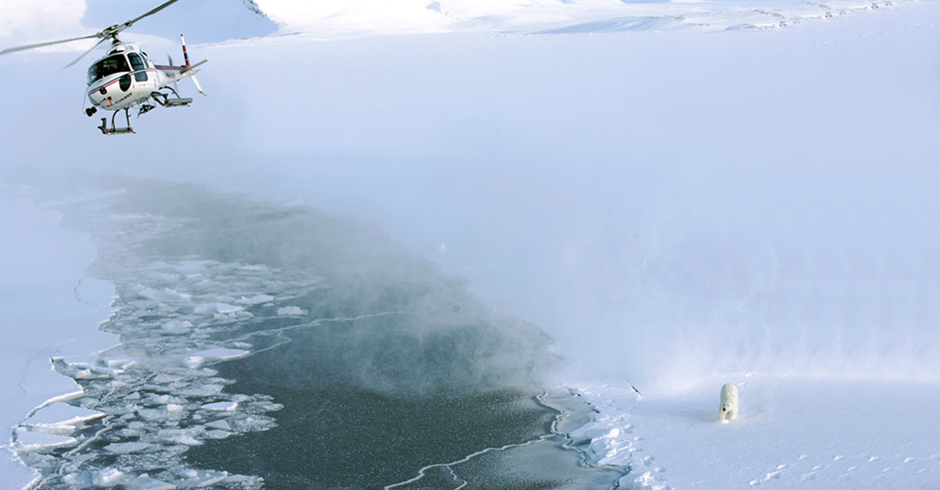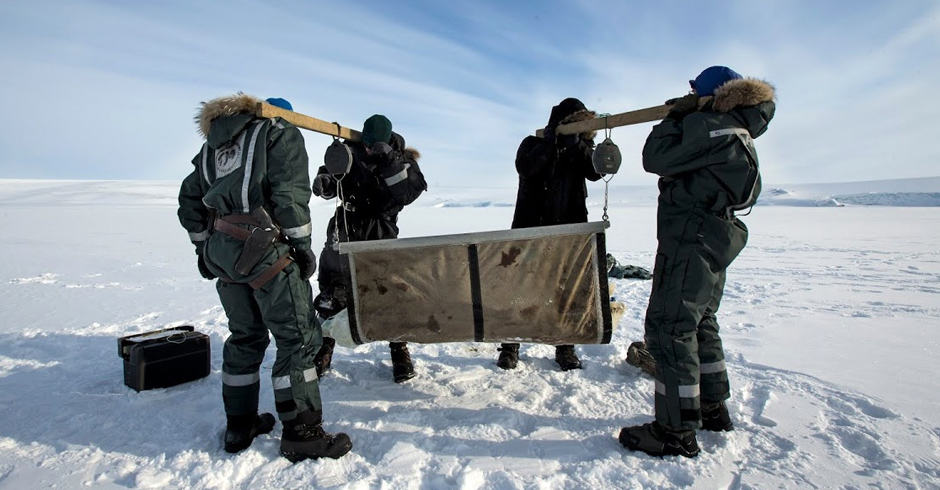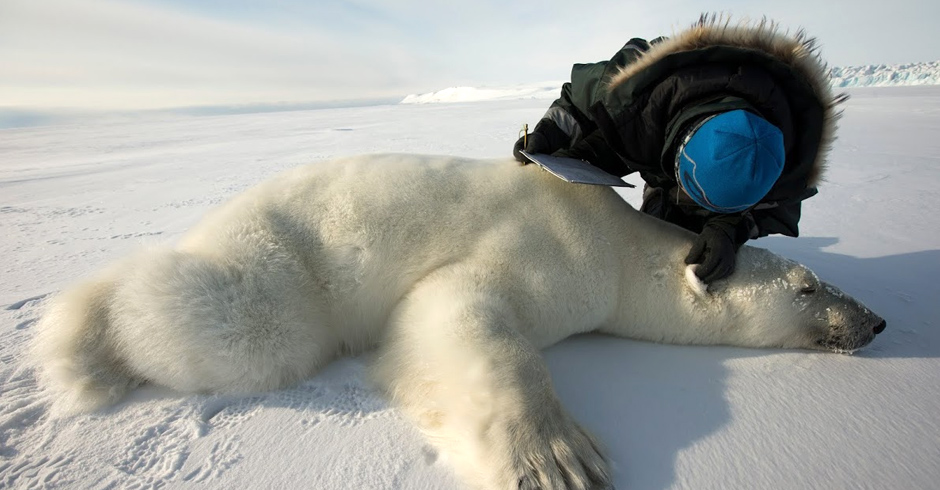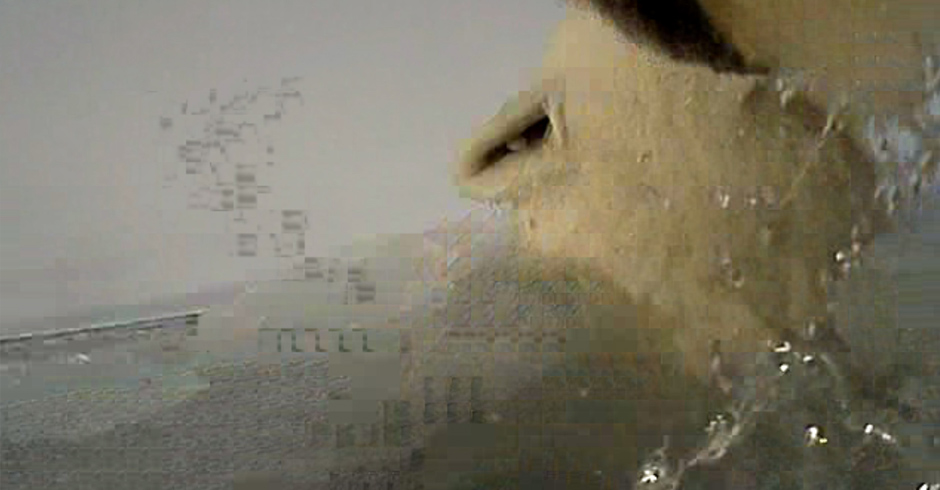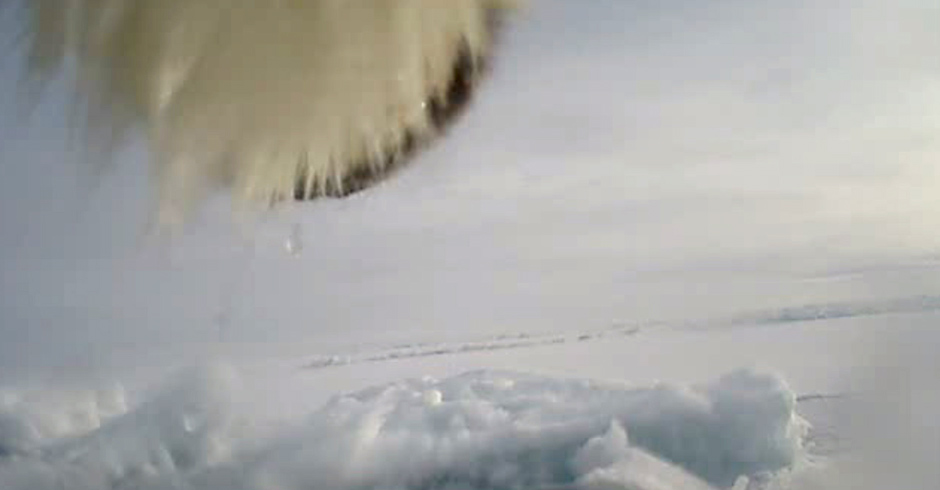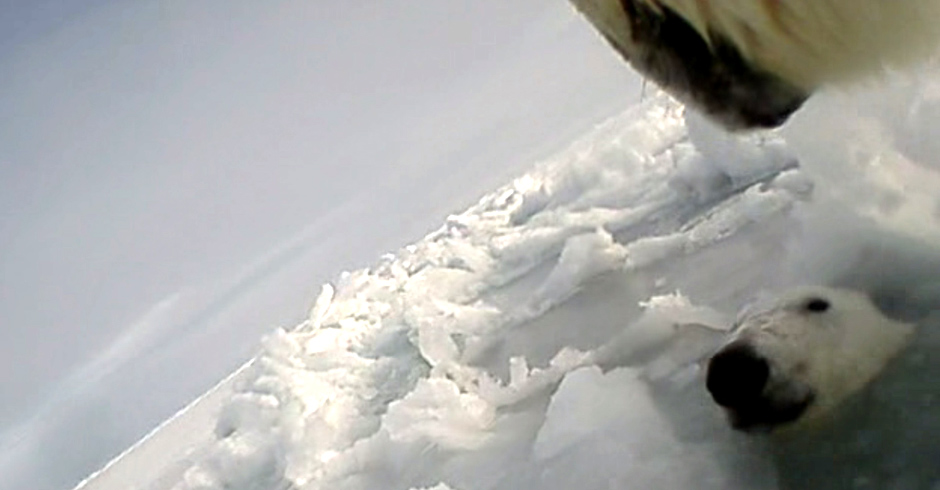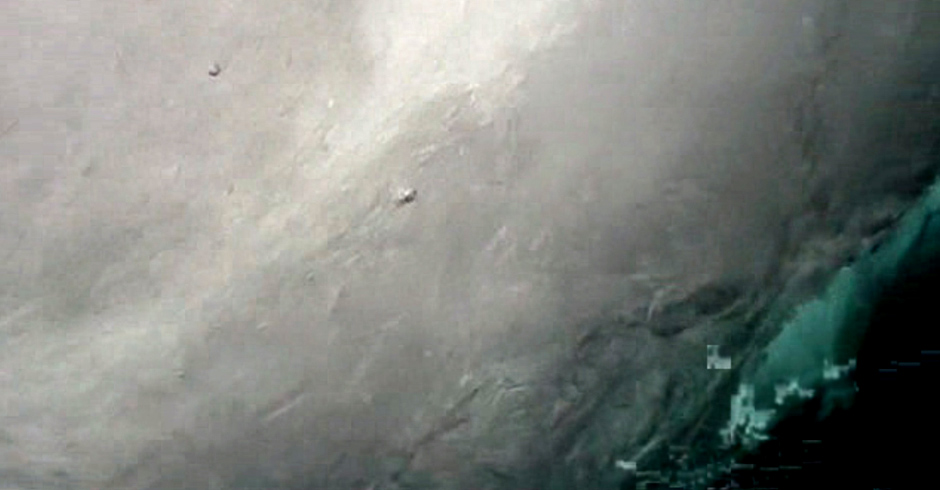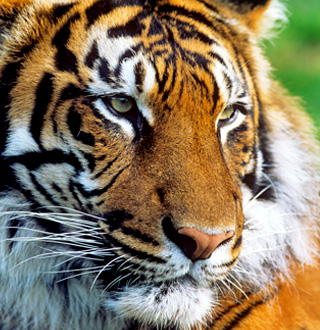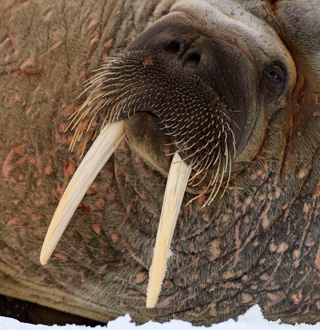
Arctic survivor
WWF polar biologists are supporting high-tech research using satellite collars, ear tags and DNA sampling to collect data linked to the polar bear's survival.

You can help WWF ensure polar bears roam the Arctic long into the future.
1 In the field with WWF
© WWF-Canon / Brutus Östling
Polar tracks
From frozen oceans to infinite ice deserts, the polar bear's world is changing fast. In order to understand polar bear population trends, and support good conservation decisions, WWF is supporting high-tech polar bear research.
Polar bear researchers need to understand what will happen to the bears when sea ice disappears. For that purpose, biologists in the field use light and compact GPS collars to track the bears' movements in real time.
Because polar bears inhabit such remote and challenging habitat, collecting high quality data isn't cheap. For example, the cost of a radio collar to track polar bears is €3,750 (approximatively $4,650).

Polar bears are fitted with satellite collars that send daily updates to researchers.
It can be hard to notice gradual changes, but in Svalbard, the change is dramatic.

It’s crucial to stay up to date with information on polar bear health and population size.

If we understand what's happening, we can take the best possible measures to safeguard polar bears.

2 Into the wild
© naturepl.com / Steven Kazlowski / WWF-Canon
Life through the eyes of a polar bear
Thanks to an innovative collar camera, we can walk with a polar bear as she finds food, sizes up a potential mate, and wanders the sea ice.
Camera inventor Mehdi Bakhtiari and videographer Adam Ravetch worked with United States Geological Survey biologists to fit camera collars on 4 female polar bears in Alaska. The cameras captured life on - and under - the ice in 10 minute bursts.
The Wild life Cam has given biologists some surprising insights about polar bears. In an earlier test, one bear was seen gorging on berries - a food source that biologists previously thought was too low in energy to be worthwhile. Clues like this guide biologists who are studying how bears adapt to a world with less ice.

View from the polar bear collar camera.
3 The last sea ice
© Jon Aars / Norwegian Polar Institute / WWF-Canon
Vanishing world
As the climate warms, Arctic sea ice is disappearing.
Almost every summer, the amount of remaining ice gets smaller. That summer ice is vitally important to a whole range of animals from tiny shrimp to vast bowhead whales, to polar bears, and to local people. By 2040, only a small amount of sea ice is projected to remain in the summer Arctic. This is the Last Ice Area.
WWF is supporting research on this vital Arctic habitat so Arctic people and governments can ensure polar bears, and all the life linked to sea ice, can thrive long into the future.

There's a vast and intricate web of life linked to sea ice - Arctic animals use ice to migrate, mate, den and give birth. And for some people, ice is life. It's where they hunt and fish, and how they travel.
Help safeguard polar bears today
Polar bears have long been a focus in WWF's on-the-ground research and conservation projects in the Arctic. You can help by donating to our conservation work today.

